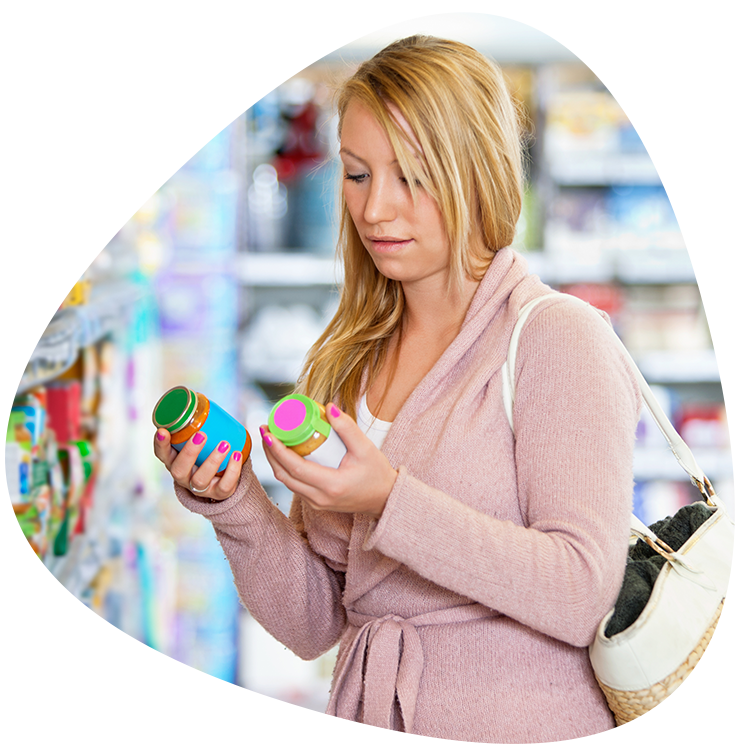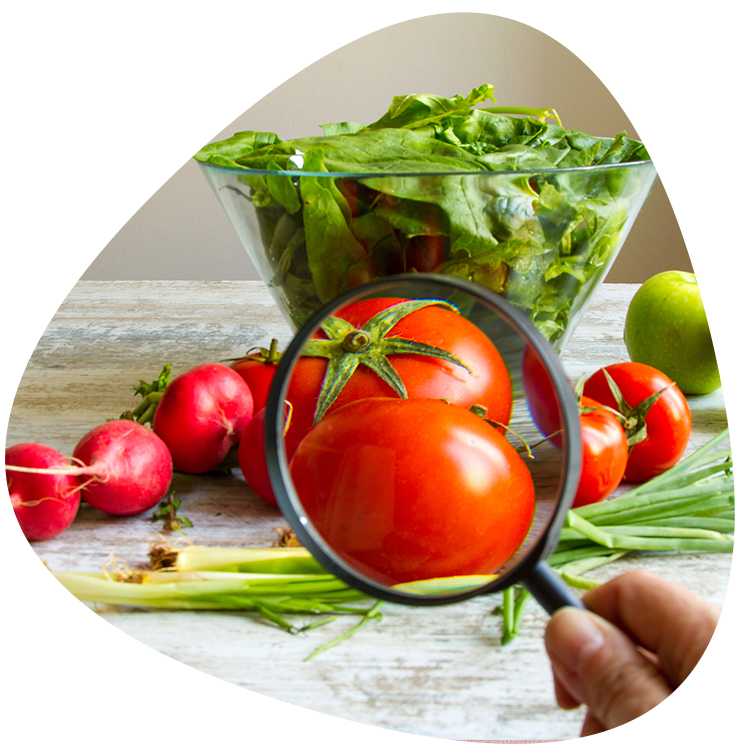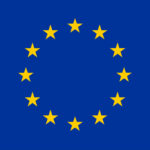Dual Quality
What is
Dual Food Quality ?
Dual food quality can be defined as the practice selling identically branded products with a different composition and/or nutritional values in different countries.
This could for example mean selling soft drinks with more sugar in one country than in another or selling coffee drinks containing less coffee in certain countries.
It is important also to point out that dual food quality practices mislead consumers into thinking they are buying identical products while in fact they are not. Often, consumers would not buy the product if they were aware of the lower quality.

Context
The issue of dual food quality was brought to the attention of the European Institutions in 2017 by various Member States who had been conducting tests in their countries on products available in their countries and in other EU countries. The Czech, Slovak and Hungarian delegations raised the issue during an AGRIFISH Council meeting, reporting that they had found significant differences in both the composition and the sensory properties of various products they had tested.
This was not acceptable in the European Union where all Consumer deserve not to be misled into believing they are buying the same product if there are big differences and furthermore, where all consumers deserve access to products of equal quality in their countries.
The issue was taken seriously by the European Commission, whose then President Juncker addressed the question in his State of the Union address in 2017, stating that there could not be second class consumers in the EU, it was unacceptable that these types of practices were found.
The EC issued a guidance on applying EU food and consumer protection law in 2017 which was aimed at national consumer protection authorities. You can read the document here.

Presentation of the harmonised guidance
Based on the information and complaints received by the European Commission, a mandate was given to the DG Joint Research Centre to develop a common Harmonized Testing Methodology determine what the situation regarding dual food quality really is in the EU.
The Harmonized Methodology was developed in collaboration with National authorities and various stakeholders from the food sector. It was published in 2018 and contains a basic framework and principles for testing products for dual food quality practices. You can find it here.
Summary of JRC testing results
The EC subsequently tasked the Joint Research Centre with conducting and extensive testing campaign using the Harmonized Methodology in as many EU countries as possible. All EU countries were invited to provide data for the campaign. 19 countries chose to participate and the campaign included 1380 products for the data comparison.
The first part of the JRC study was conducted only through studying the similarities of the front of pack packaging and comparing the composition and nutritional values of the products.
The JRC concluded that 9% of the products presented identical front of packs with differences in the product composition, while 22% of products had similar front of packs with differences in product composition. The results of this initial report can be read here. Some of the products will undergo further sensory analysis conducted by the JRC in the upcoming months. However, based on the initial findings, no clear east-west divide could be found.





